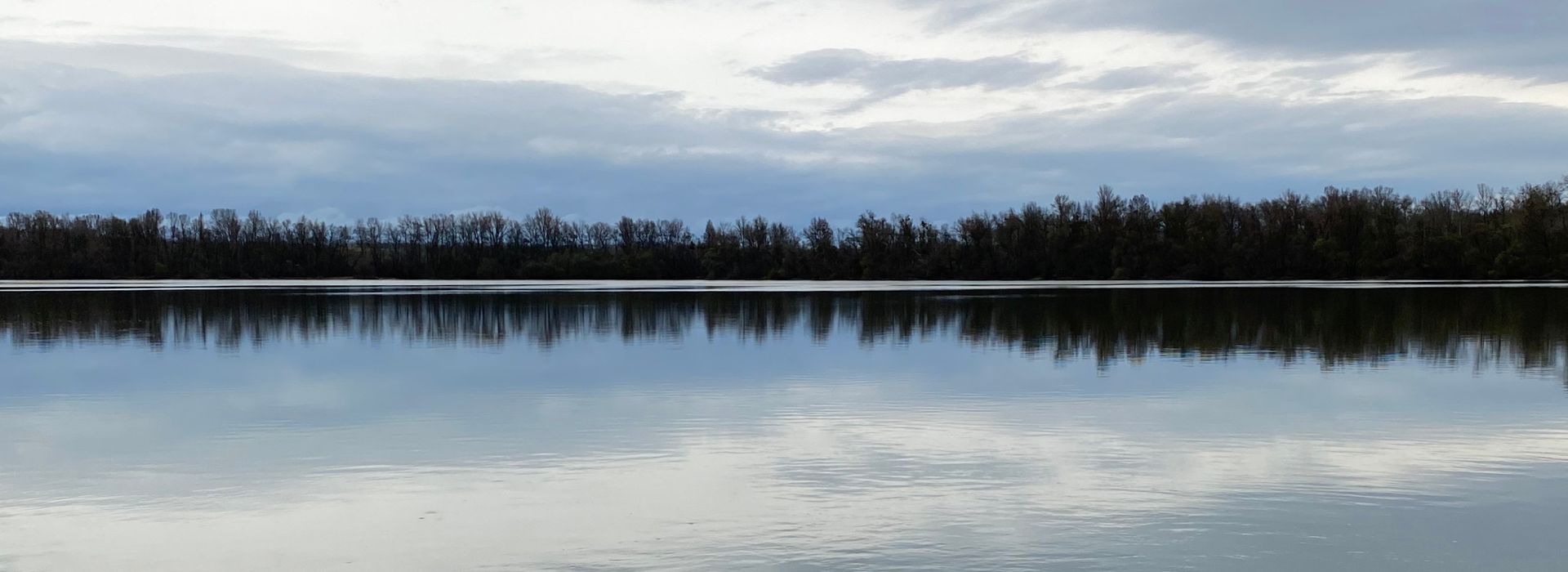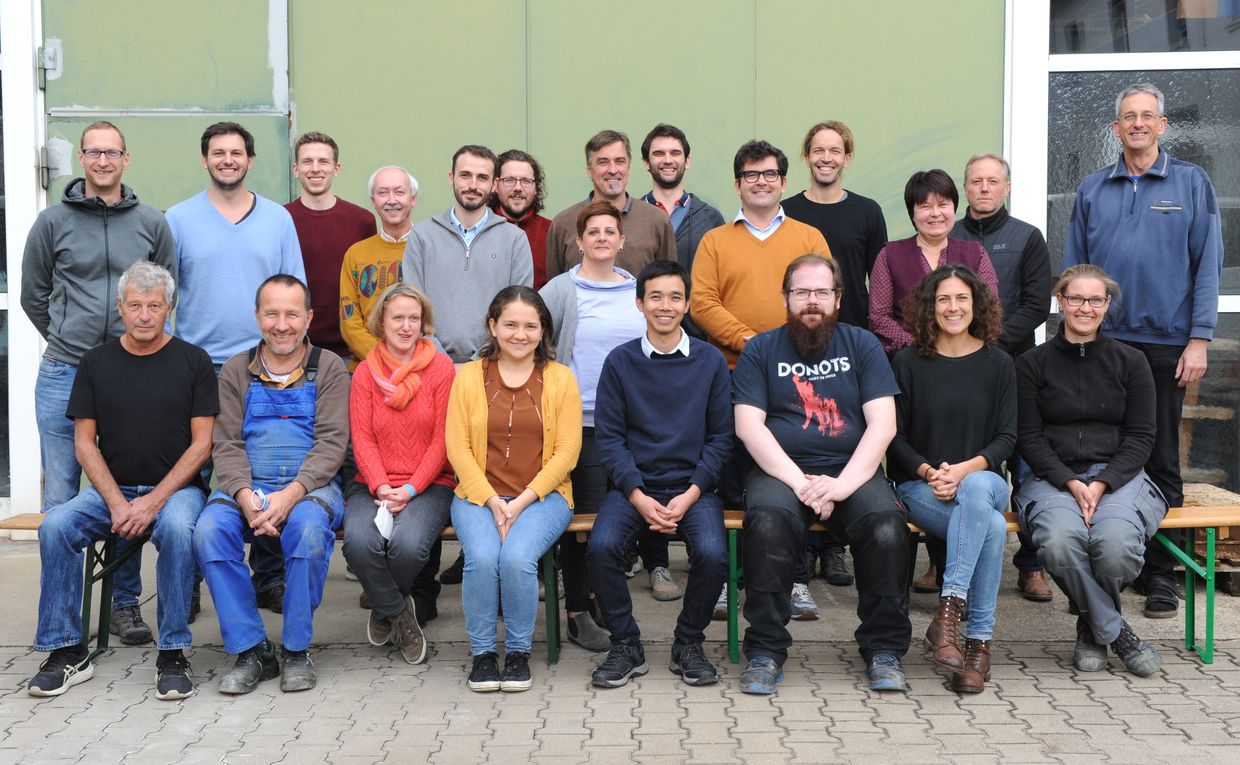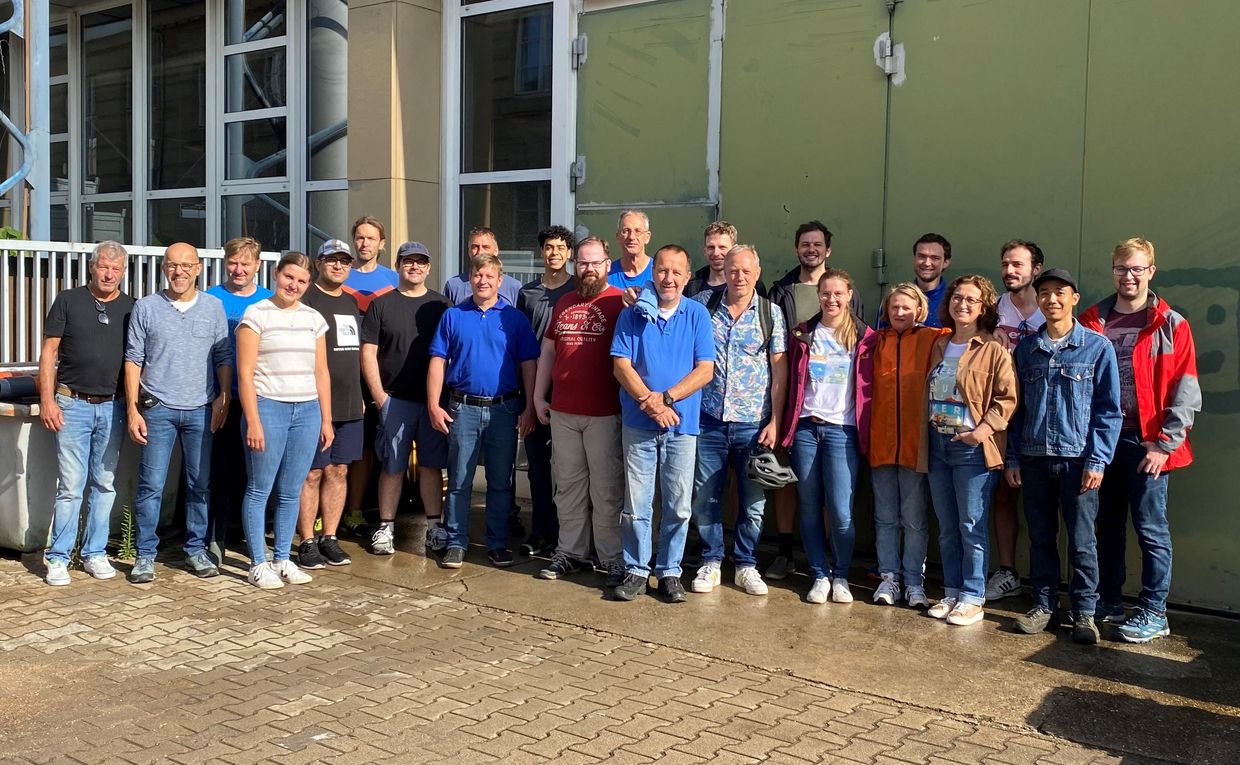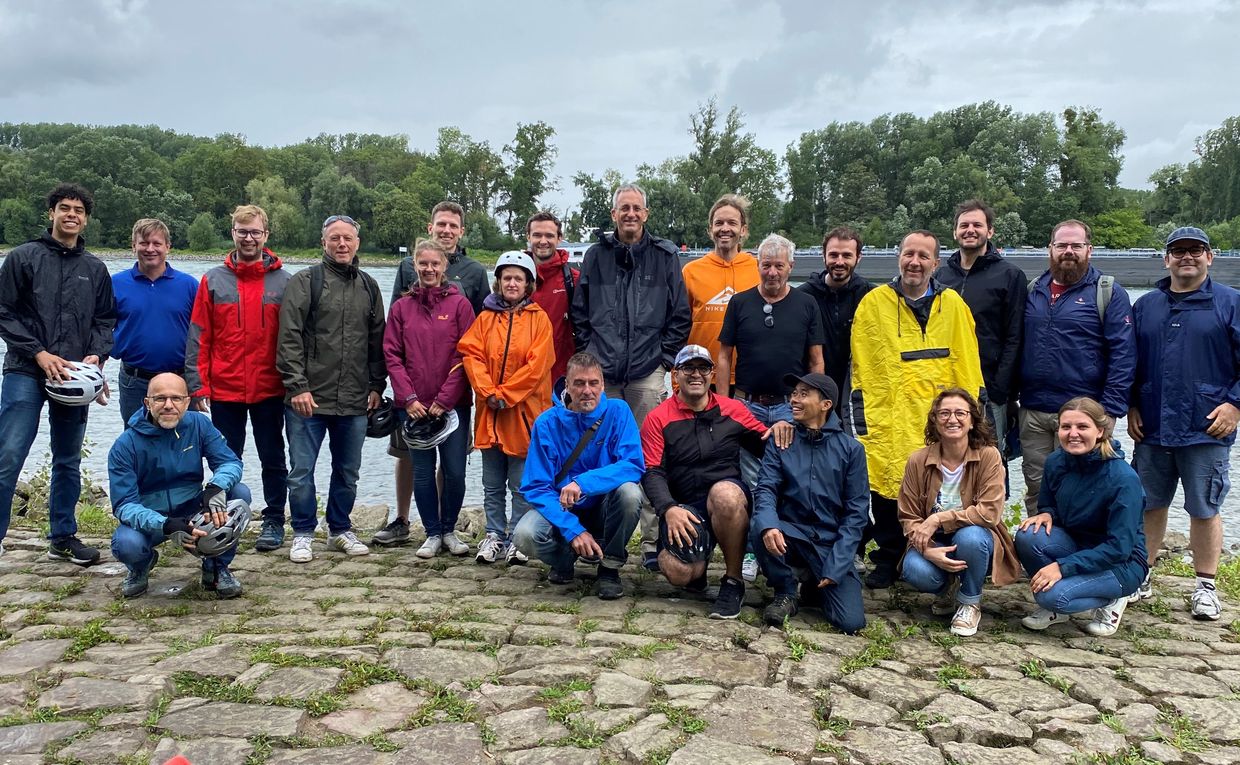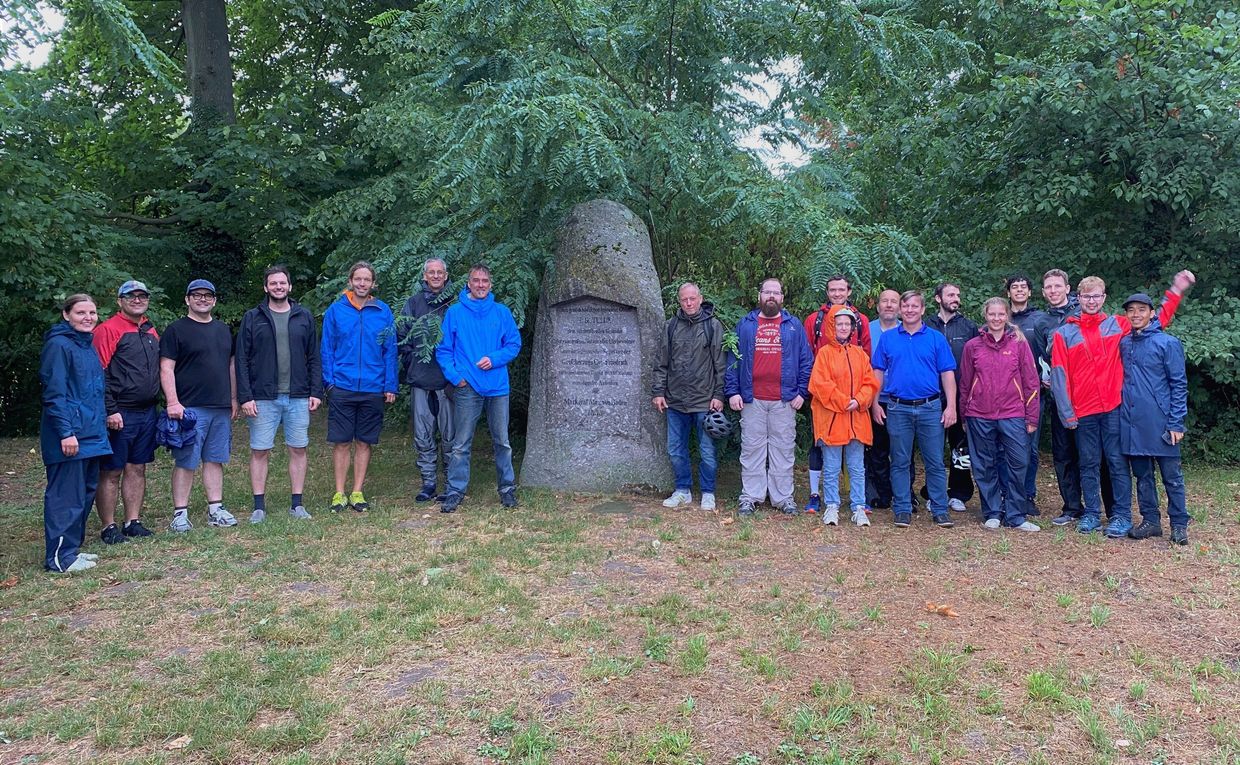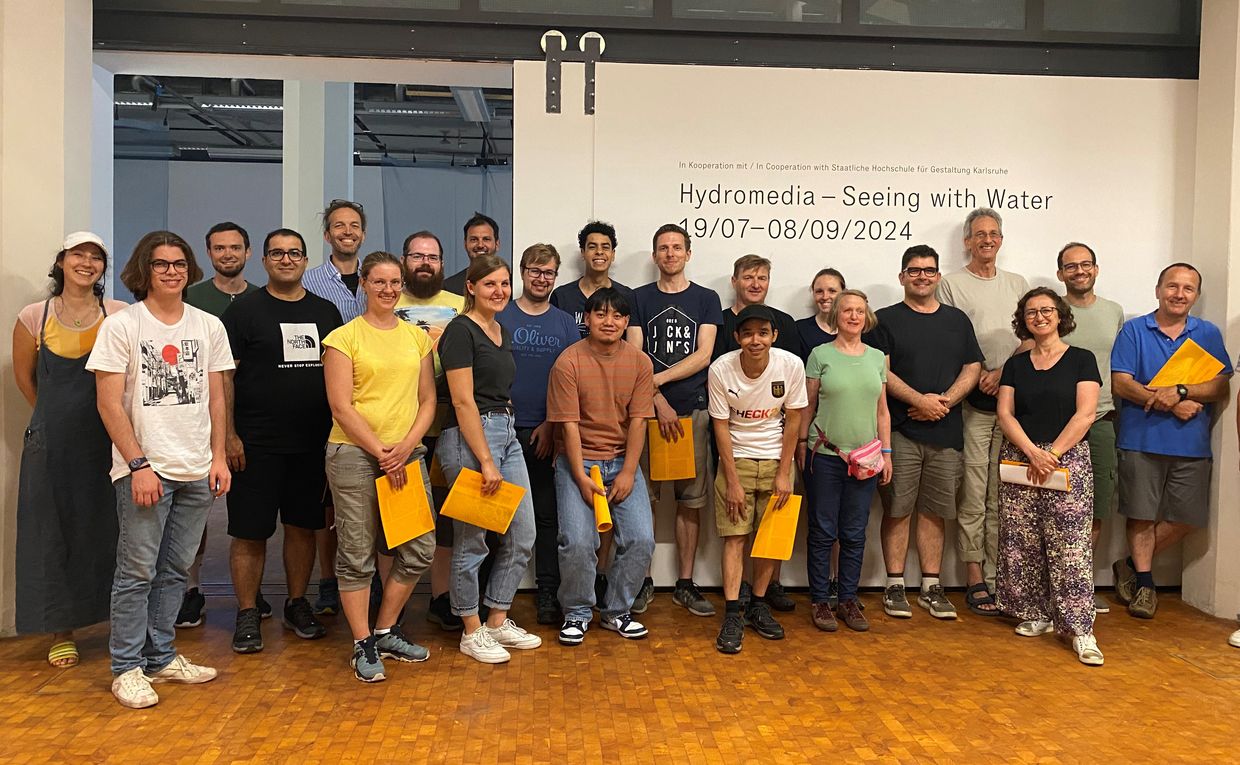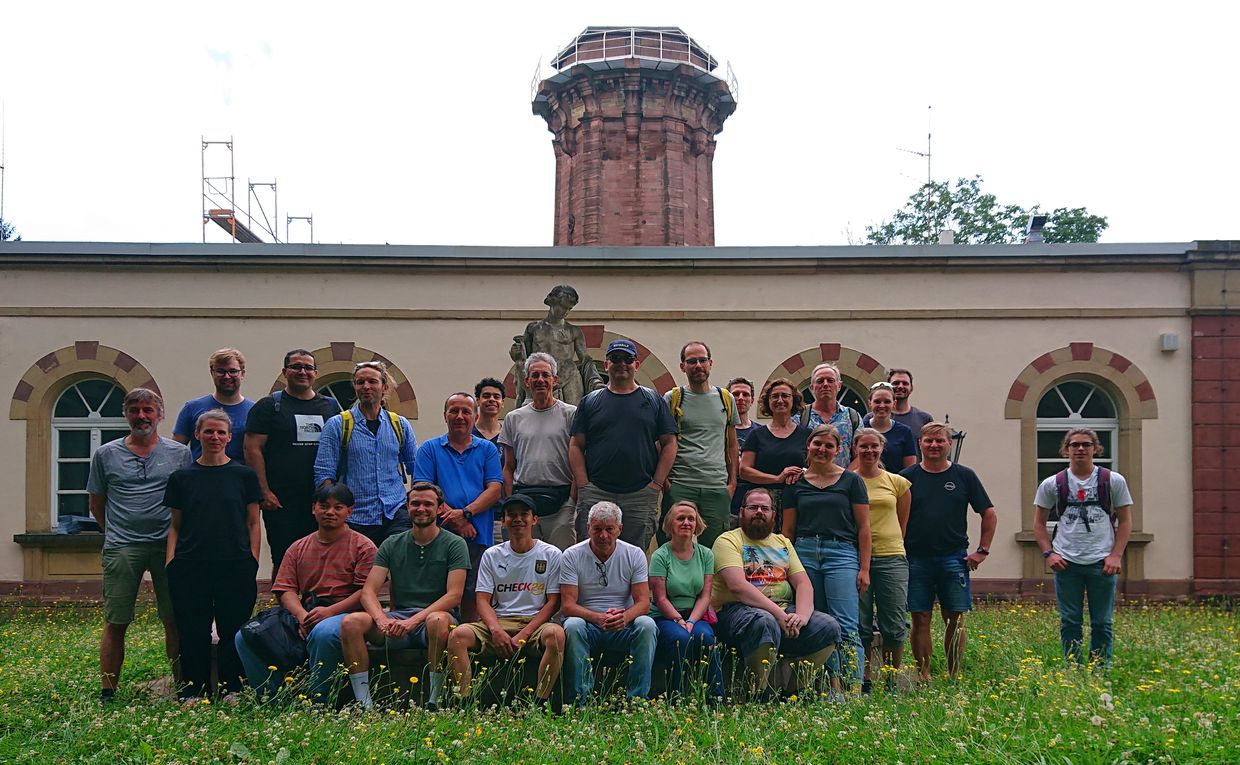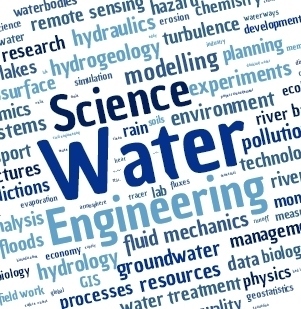Head:
Address:
Karlsruhe Institute for Technology (KIT)
Institute for Water and Environment
- Hydraulic Engineering and Water Resources Management -
Kaiserstrasse 12
76131 Karlsruhe
Phone: +49 (0)721 - 608-44418
Email: wasserbau∂iwu.kit.edu
Visiting address:
The challenges facing water managers and engineers nowadays are manifold, complex, and require cross disciplinary approaches. These challenges include the safety of hydraulic natural and built systems, ageing infrastructures, pollution, guarantee of energy and food security, sustainable development and safety of urban environment, ecological feedbacks and an uncertain future.
Our group develops research towards engineering solutions for the design, the planning and the implementation of sustainable water infrastructures prepared for global change. We investigate the mechanics of flowing water and its interaction with key elements of a river basin such as sediments, dissolved matter, gases, living organisms and people. More specifically, the group is committed to develop research on four main topics: sustainable and secure water for supply, food and energy; adaptive and multi-functional hydraulic systems; healthy rivers; and geophysical processes in rivers and lakes.
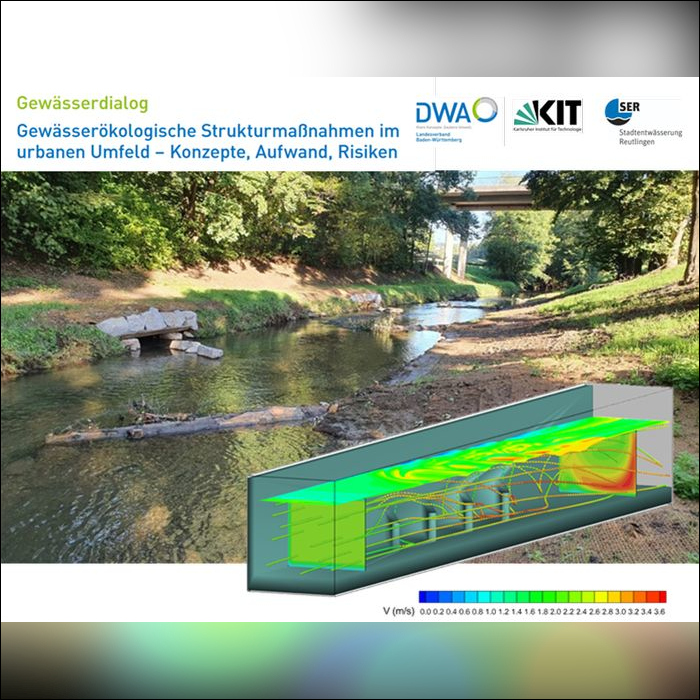
Specialist event of the DWA water management platform, November 26 in Reutlingen
Restoring rivers and streams, especially within densely built-up urban sections, poses significant challenges. Comprehensive development concepts are often not feasible due to limited space or complex property conditions. Even smaller structural interventions (such as installing flow deflectors, adding large woody debris, or implementing bank vegetation) must be planned and maintained in accordance with flood-protection requirements and other constraints.
At the event, which brought together more than 170 experts, practitioners shared their experiences in planning, implementing, and maintaining such measures in urban environments. Efficient methods for assessing flood neutrality were also presented, alongside discussions of key legal frameworks. The program concluded with an engaging field excursion to ecological restoration projects along the Echaz river in the city of Reutlingen.
From KIT-IWU, Dr. Peter Oberle and Dr. Frank Seidel played a central role in shaping the technical content of the program. We extend our thanks to the DWA Landesverband and the Stadtentwässerung Reutlingen (SER) for their excellent organization and the insightful excursion!

On 20-21 November, Mário Franca participated in the International Conference “The Law in the Face of Natural Disasters after the 29 October Floods”, organized by the Faculty of Law at the Universitat de València.
It was an interdisciplinary event, including engineers, lawyers, geographers, fiscal specialists, economists, and labor law experts, among others, to discuss the extreme flood event that occurred one year ago in Valencia, the operational first response, and ongoing recovery efforts.
See details here.
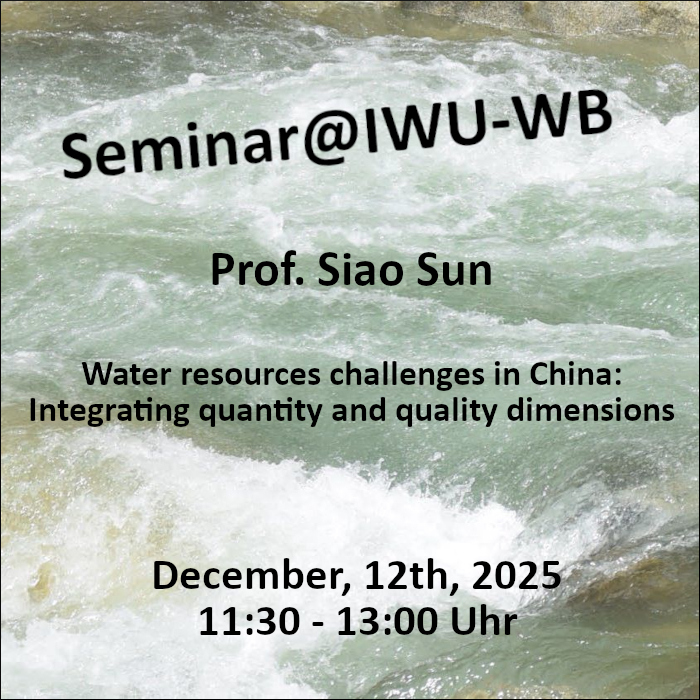
Human societies are facing increasing water challenges globally that threaten both the quantity and quality dimensions of freshwater resources. These challenges are particularly acute in rapidly developing countries such as China, where rapid urbanization and agricultural expansion have placed high pressure on surface and groundwater systems.
This presentation focuses on China’s multi-faceted water resources challenges, including water scarcity, groundwater depletion, surface water pollution and their linkages to production and consumption through supply chains.
Link to the seminar PDF file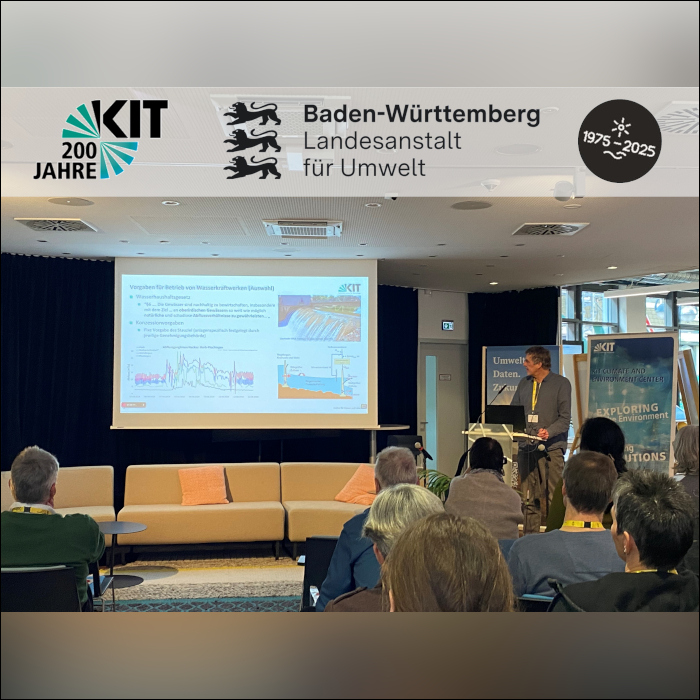
On November 4th, 2025 the Workshop highlighted the collaboration between the Karlsruhe Institute of Technology (KIT) and the Landesanstalt für Umwelt Baden-Württemberg (LUBW). The event aimed to facilitate an exchange on current environmental issues and innovative solution approaches.
The Workshop comprised subject-specific presentations in the morning and an interactive session in the afternoon, providing space for discussion and the development of ideas for potential joint projects and collaborations.
From the Institute for Water and Environment – Hydraulic Engineering and Water Resources Management (IWU-WB), Dr. Andreas Kron, Dr. Frank Seidel and Dr. Ali Pourzangbar contributed inspirational presentations on forward-looking topics in hydraulic and water-related research, including AI-based monitoring and analysis methods.
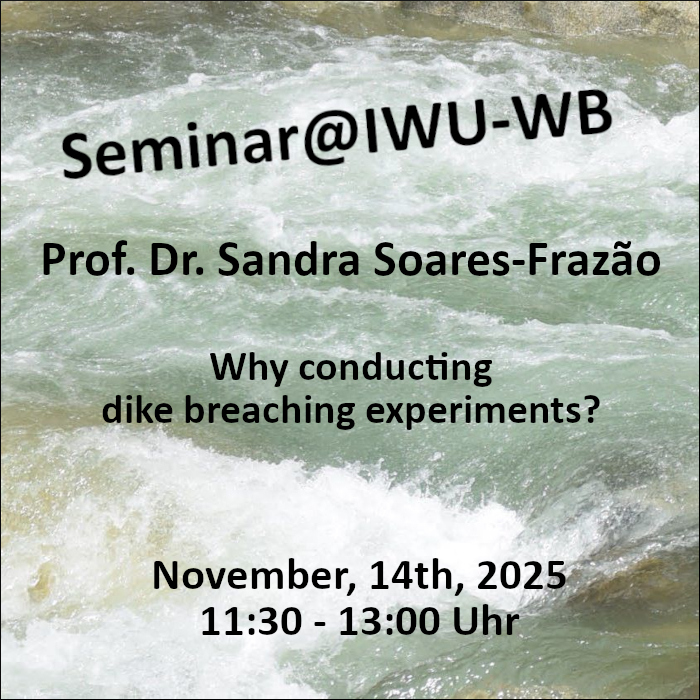
Climate change increases the probability of dike failure mainly because of raising water levels (overtopping), stronger hydraulic forces (waves, surges, discharges), and weakening dike materials through either excess water (saturation, seepage) or lack of it (drought cracking).
In this talk, we will discuss more specifically the requirements for conducting reliable experiments and monitoring techniques based non-intrusive devices such as digital imagery.
The discussion will be based on recent experiments conducted at a small scale in the hydraulics laboratory of UCLOuvain-iMMC (Belgium) and at medium scale in the hydraulics laboratory of SPW-MI in Châtelet (Belgium).
The seminar video is online now!
Link to the seminar PDF file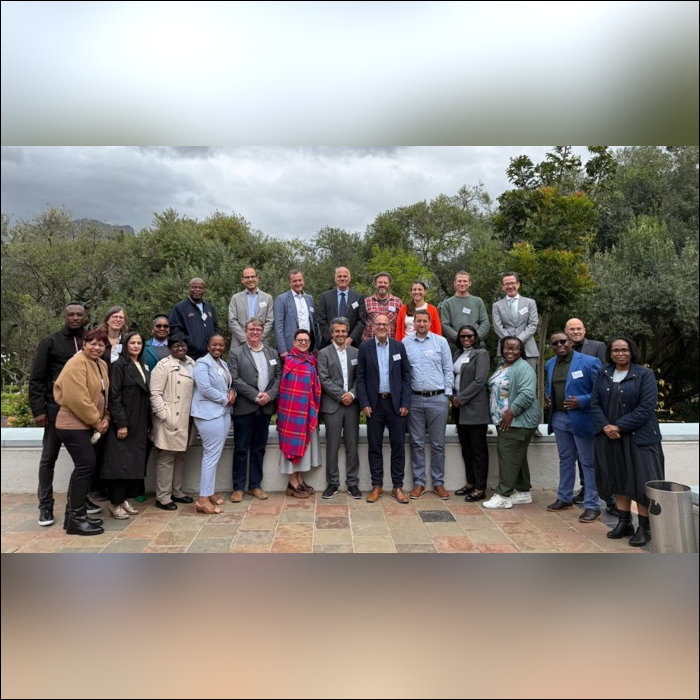
From 6–8 October 2025, a KIT delegation met with leading African universities and research institutions in Stellenbosch, South Africa, for a networking event organized in the scope of the strategic project FA(ST)²Africa.
Davide Vanzo was representing our Institute and the Water research at KIT. The three days were packed with inspiring presentations, discussions, round tables and new ideas on how to strengthen collaboration across education, research and innovation — from joint master programmes and staff exchanges to co-created research projects tackling the Water–Food–Energy Nexus, climate resilience and sustainable urban development. The meeting highlighted the strong foundation of existing KIT–Africa partnerships and the shared ambition to expand them further.
More info and news in the FA(ST)²Africa official webpage.
